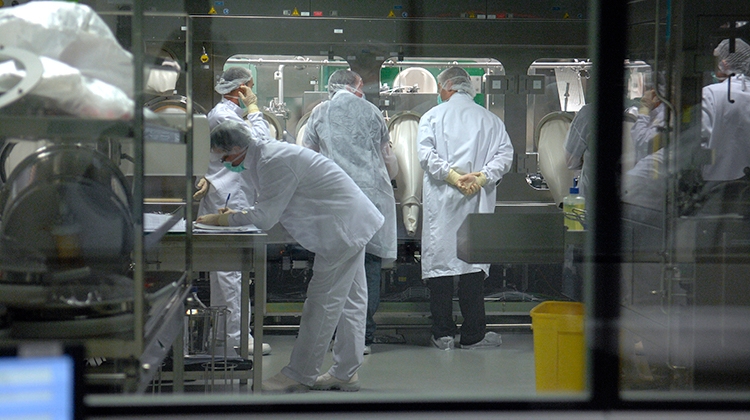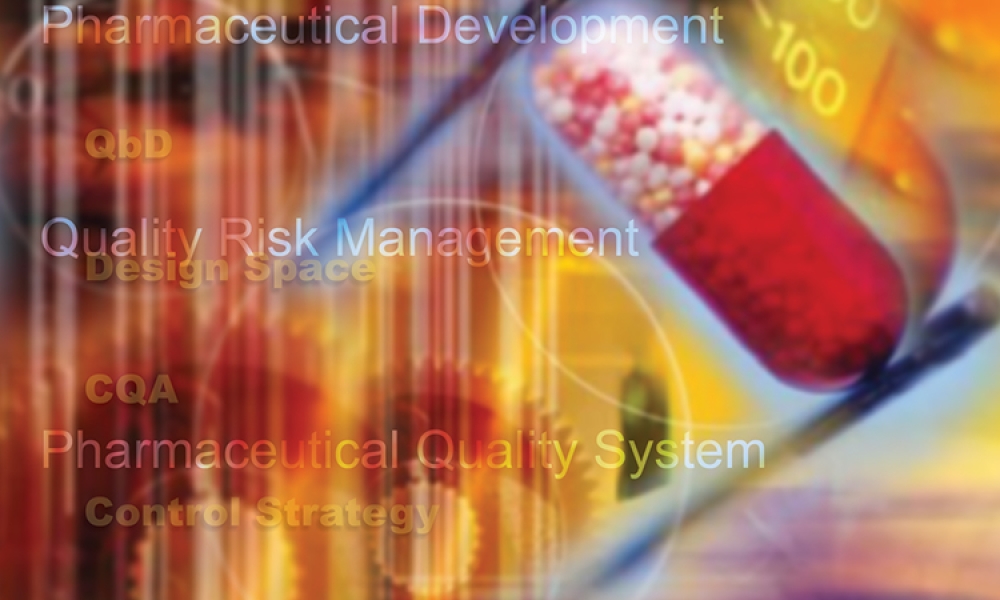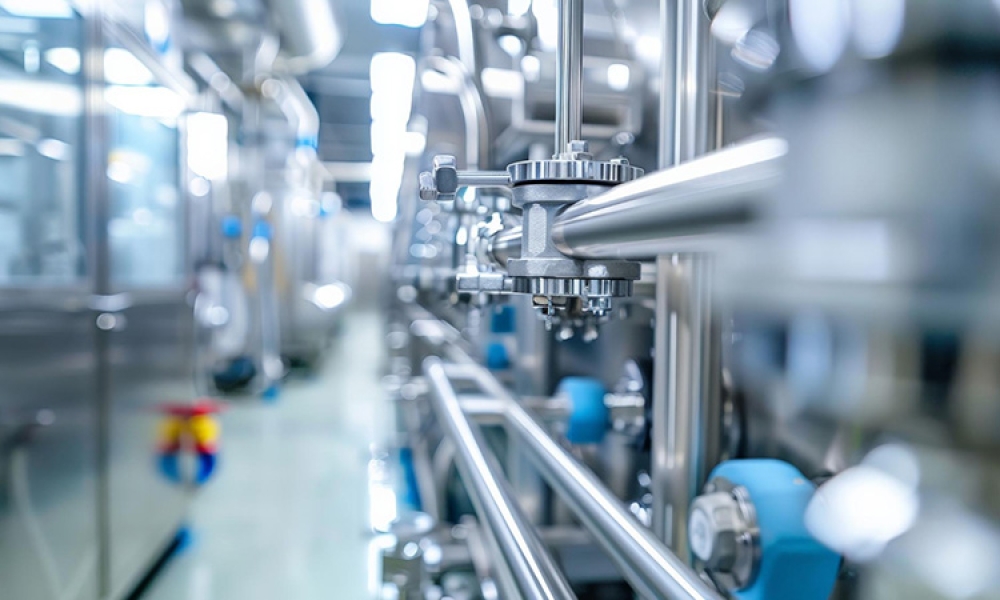Contamination and Cross-Contamination Control Strategy in Shared Facilities for High Potent Products

ISPE starts 2022 with a bang, with the 31st Annual Face-to-Face 2022 ISPE Aseptic Conference, March 14-15, offering attendees several unique perspectives and case studies across various sessions.
For many years, ISPE Aseptic Conference has been an integral part of my professional career and the most important kick-off event of the year. It is the conference where everyone who deals with aseptic production meets. In 2022, after two years of the pandemic, 2022 ISPE Aseptic Conference will take place as a hybrid event, allowing both face-to-face and virtual participation. At last, we have a chance to meet and network with new friends, business partners, customers, colleagues, and the whole ISPE family.
The ISPE Aseptic Program Committee has put together a special program from which I would particularly like to highlight high potent substances, biosafety, and cleaning requirements. Other topics close to my interest include GMP and occupational safety during manufacturing, robotics, continuous viable monitoring for humanless operations, and sustainability.
Almost every second aseptic pharmaceutical commercial product is considered as highly potent. New therapies such as treatment of cancer, ATMPs (advanced therapies of medicinal products, and Cell & Gene Therapies) require operator protection, especially when working with viral vectors.
Focusing on these topics, Dr. Reinhold Meack from Boehringer Ingelheim (Germany) will be discussing high potent substances and substances requiring higher bio-safety levels in aseptic manufacturing. A subject matter expert and member of ISPE DACH (Germany/Austria/Switzerland) CoP Containment, Dr. Meack is the co-author of the first and second edition of the ISPE DACH Containment Manual, demonstrating his wealth of experience. In his presentation, he will talk about GMP and occupational safety compliance, antibody drug conjugates (ADCs) or new generation medicinal products as ATMPs. For some products, the requirements for GMP and Occupational Safety are set. How can we ensure PDE/ADE (permitted daily exposure/accepted daily exposure) and OEL (occupational exposure level) while taking aseptic production and biosafety levels into account? Using Barrier Systems like Isolators is a well-accepted method as it meets the GMP requirements, but what is the best way to adopt them while adhering to biosafety and worker safety regulations? I have known Reinhold for many years, and his knowledge in the field is exceptional. This is a presentation you must attend! I’m also pleased to announce that we will have longer Q&A sessions that will allow better interaction between the speakers and the attendees. So, come and bring your questions to Reinhold.
Marcos Loca, from the company Minapharm in Egypt, will present two case studies; one reviewing the containment strategy for a new HPAPI Biopharma Facility and the other, an introduction of a HPAPI Product to Existing F&F Facility. The insights to be gained from these two different projects make this a high-interest presentation, as it not only covers the design of a new manufacturing building but also the retrofit of an existing manufacturing facility of high potent products. Features of the presentation of the new and existing HPAPI Biopharma Facility:
- Comply with US & EU GMP and EHS regulations.
- Savein both CapEx & OpEx.
- Obtain BSLs for cell lines.
- Obtain and analyze products' toxicological data to estimate OEL & PDE.
- Conduct process closure analysis.
- Apply quality risk management tools, (eg: FMEA to assess different risks at different process steps)
- Decide technical & procedural controls that are capable to reduce risks to an acceptable limit.
- Cross check against EHS risk assessment to ensure that they are also controlled.
- Decide primary and secondary containment measures based on risk assessment.
- Reflect these controls on facility design & equipment URSs.
- Verify suitability of chosen controls by quantitative risk assessment measuring carry over on equipment and residues in & outside production areas.
Round Table Discussions are back and the topic of Containment for high potent substances and Bio Safety are one of the topics you can choose during this intensive discussion opportunity.
In 2019 I founded and chaired the ISPE-DACH SIG (Special Interest Group) “Future Robotics.” From this group we will hear three presentations I would like to highlight.
- Julien Janda from Takeda will present the Facility of the Future on Robotics for Aseptic Processing. How close we are with this approach. Fully automated Fill and Finish System are discussed since some years but how does it look like when it becomes to secondary packaging, inspection, labs, room cleaning, automated cleaning etc. Learn more about the future trends.
- Svenja Gutsche from Bayer will cover the topic on sustainability and automation. Is the design of Ready to Use packed containers like Vials, Syringes in Tubs suitable for the future needs on automation waste reduction or should it better redesigned? Svenja will introduce this topic and the outcome of the first workshops with the first drafts how this packaging could looks like in the future.
- Continuous viable monitoring for human less operations will be the topic of Thomas Thurn and Ruth Barensteiner from Janssen. Modern isolator technology together with Robotics has been consistently reported in the literature to reliably provide a safe environment for aseptic filling. Nevertheless, conventional monitoring approaches originally developed for manned cleanrooms are still applied. Given that monitoring with agar plates has its own limitations regarding the sensitivity of the method and by limited volumes of air sampled, it poses a risk for the drug product itself by the interventions and handling steps connected to sampling, transport and evaluation. The presentation will focus on a Continuous Viable Particle Monitoring Strategy and cover the following topics. Quality Risk Management QRM and Contamination Control Strategies CCS to use Continuous Monitoring, Qualification and Validation Requirements, Acceptance Criteria as well as the needed Design Criteria for a Continuous Viable Particle Monitoring Strategy.
What a load of knowledge and valuable information provided from those three presentations! I`m so curious to learn more. I hope you are too.
Holding the 2022 ISPE Aseptic Conference back to a Face-to-Face Conference is THE highlight for me in 2022. We will celebrate getting together at the Conference with intensive networking and a lot of highlights that you should not miss. I am proud to be a part of the Program Committee again for the 2022 Conference. I hope that the highlighted topics serve your needs and interests on GMP, Aseptic Processing, Contamination and Cross Contamination Control, Robotics, and Sustainability during the 2-day knowledge exchange and welcome you to join us for the conference and become a part of the ISPE Aseptic family.



